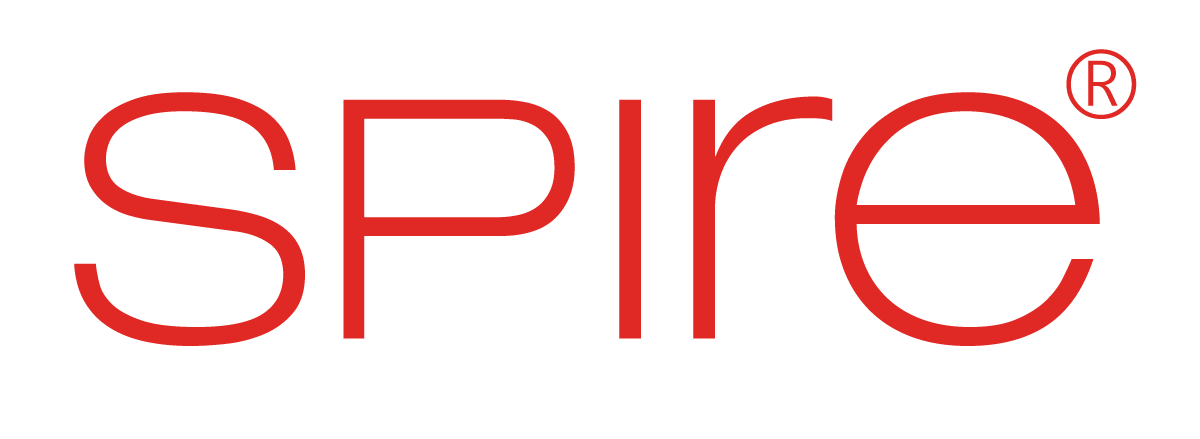Employee Development Plan
What is an Employee Development Plan?
An employee development plan is a personalized roadmap outlining the steps an employee needs to take to achieve career goals within the organization. It includes both short-term and long-term objectives, such as acquiring new skills, earning certifications, or securing promotions.
This plan helps employees feel invested in their roles and aligns their goals with the company’s mission. By providing clear direction, it fosters a culture of growth, engagement, and retention.
Types of Employee Development Plans
- Skill Development Plans: Focus on enhancing specific job-related skills to improve performance and effectiveness.
- Leadership Development Plans: Designed to prepare employees for future leadership roles by developing managerial and strategic skills.
- Career Pathing Plans: Create a roadmap for advancing within the company, including potential roles and the skills needed to get there.
- Performance Improvement Plans: Address gaps in an employee’s current performance with targeted development actions.
- Personal Growth Plans: Focus on enhancing soft skills, such as communication, emotional intelligence, and problem-solving.
- Succession Planning Plans: Identify and prepare high-potential employees for key positions in the organization.
Each type aligns with specific business goals and employee needs, ensuring a tailored approach to development.
Challenges in Employee Development Planning
- Lack of Time: Employees and managers struggle to prioritize development amidst daily responsibilities.
- Measuring Effectiveness: Difficulty in tracking progress and evaluating the success of development efforts.
- Adapting to Change: Rapid shifts in business needs or technology can make plans obsolete quickly.
- Training Inconsistencies: Lack of consistency in training opportunities across departments or employees.
- Employee Engagement: Engaging employees in the development process can be challenging without buy-in from all levels.
- Establishing Development Needs: Identifying individual development areas requires detailed feedback and self-reflection.
- Hybrid and Dispersed Workforce: Employees working remotely or across multiple locations may lack consistent access to development opportunities.
- Multigenerational Workforce: Catering to different learning preferences and career expectations from employees of all ages.
- Managing Budget Constraints: Limited budgets can restrict the scope and quality of development programs.
Addressing these challenges requires strategic planning, clear communication, and a commitment to continuous improvement.
How to Create an Employee Development Plan
- Understand Company Goals: Align individual development plans with the company’s strategic objectives and future needs.
- Conduct a Skills Gap Analysis: Identify areas where employees need to grow or improve to meet company goals.
- Discuss Career Aspirations: Engage with employees to understand their career goals and align them with organizational opportunities.
- Set Clear, Measurable Goals: Establish specific, realistic, and measurable goals to guide development.
- Create an Action Plan: Break down goals into actionable steps with clear timelines and responsibilities.
- Monitor and Adjust: Regularly track progress, provide feedback, and adjust the plan as needed to ensure effectiveness.
- Engage the Employee: Involve employees in the planning process to ensure ownership and motivation.
A well-structured development plan ensures both the employee’s growth and the organization’s success.
Conclusion
Employee development plans are essential tools for fostering growth, engagement, and career advancement. By aligning personal career goals with organizational objectives, these plans ensure that employees contribute to business success while advancing in their careers. Although challenges such as time constraints and engagement issues exist, a well-executed plan can drive productivity, retention, and organizational performance.
Investing in employee development is an investment in the company’s future.

Don’t Let Outdated Frameworks Hold Your Organization Back
Harness Spire.AI to Build, Deploy, and Elevate Talent Effectively


